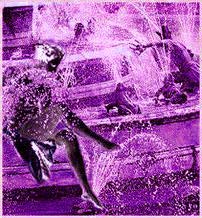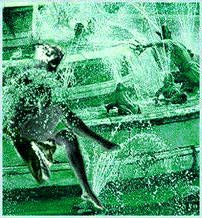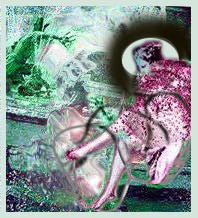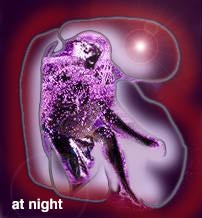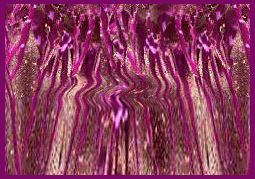
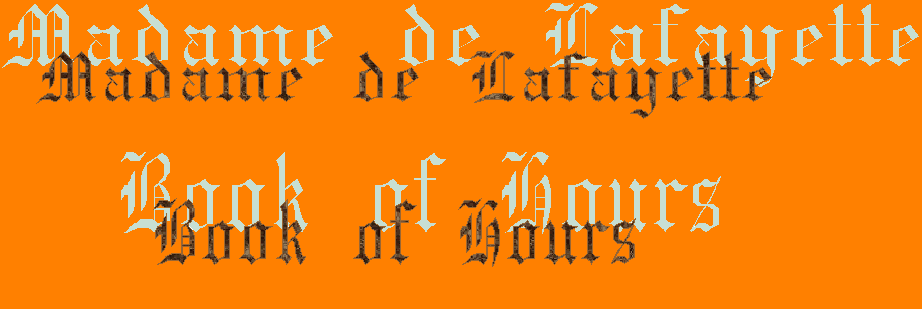

"Comtesse
de Tende
crawling through the forest.
the map of history. This
is the stained- window you've always known was in
the .
Send me no chain letters. There
are many ermine running over snow covered banks.
There are many coats laid
on the ground.
Accost her.
her. Tell her you've missed her even if it's untrue.
are
a legume. Pasta e fagioli enough to fill you,
what
do we know of
legumes/slugs in the forest? Are red spots on beans a reflection,
splattered
blood, or is
an attribute like freckles-something so desirable. Did
you know the Comtesse was a -scattered
of her nose.
I
want to have to change
my name, to have to move to a small town in Southern France, to have to
have a -one
a Russian woman of the old school. The other an
ex-prize fighter.
The skin of the capsule splits into two capsules that roll
into
spirals. The clickable text is written on her body. Hot,
hypertext rolled into spirals." (extraido de
Madame de Lafayette Book of Hours).
-Este es un
poema abstracto que Sanford ha hecho a partir de la
historia de la Comtesse de Tende. Va dirigido al Principe
de Navarra, amante de la Comtesse. Todos los links que aquí
aparecen van a otra página con el siguiente texto:
"Peace
from the carriages
that rattle over the roads.
Peace
from the
chandeliers that tinkle in the wind. Peace
from the man who keeps pursuing me.
Peace
from my body
that wakes in the night.
Peace
from the love of
languages I can't speak. Peace
from the fountains that many have drowned in.

La Flamme Bleue licking over
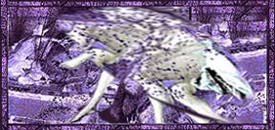
...the king and M. de Nemours, the horses unbroken; he pulled back to save the king, whap, Nemours' head limp, her agitation clear, witnessed by de Guise also in love with her (everyone is).... "And lifting his head, M. de Nemours' eyes fell first on Madame de Clèves. He saw written upon her face, the concern she felt for him and he gave her a look which showedHER that he was deeply touched."
Para pasar a una serie de ilustraciones, cada una de las cuales te remite a la siguiente:
